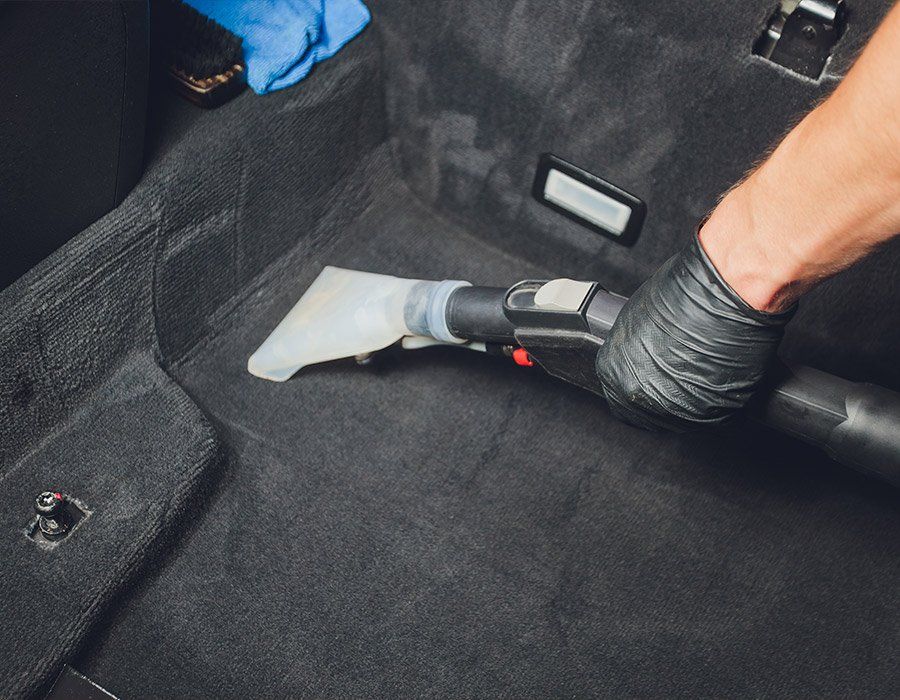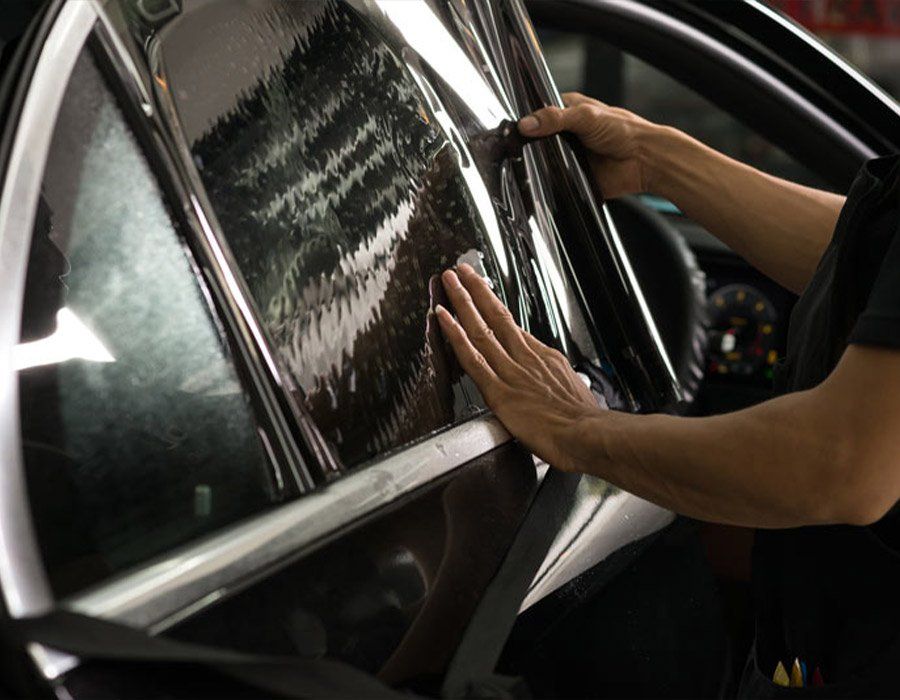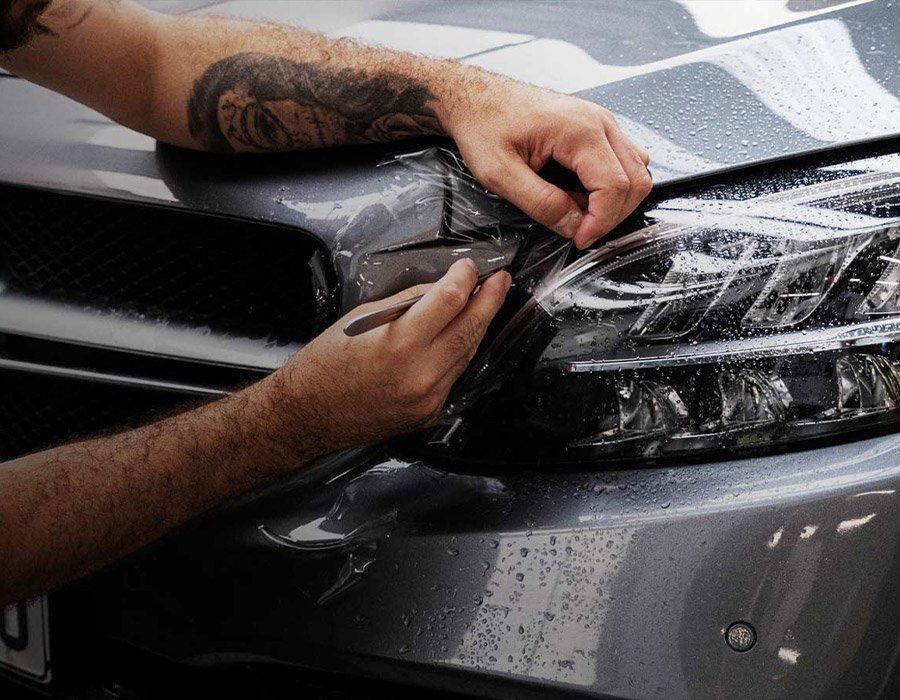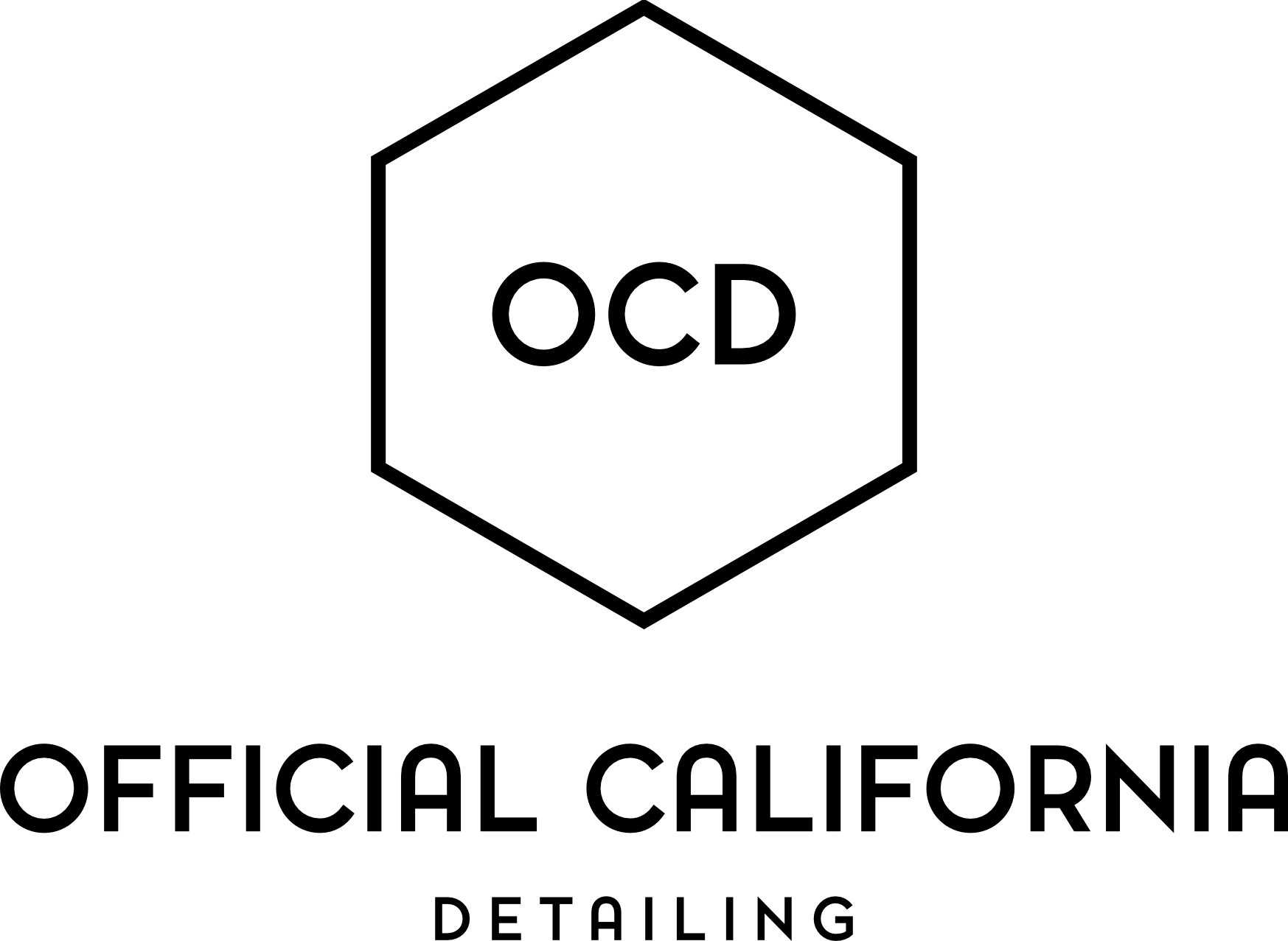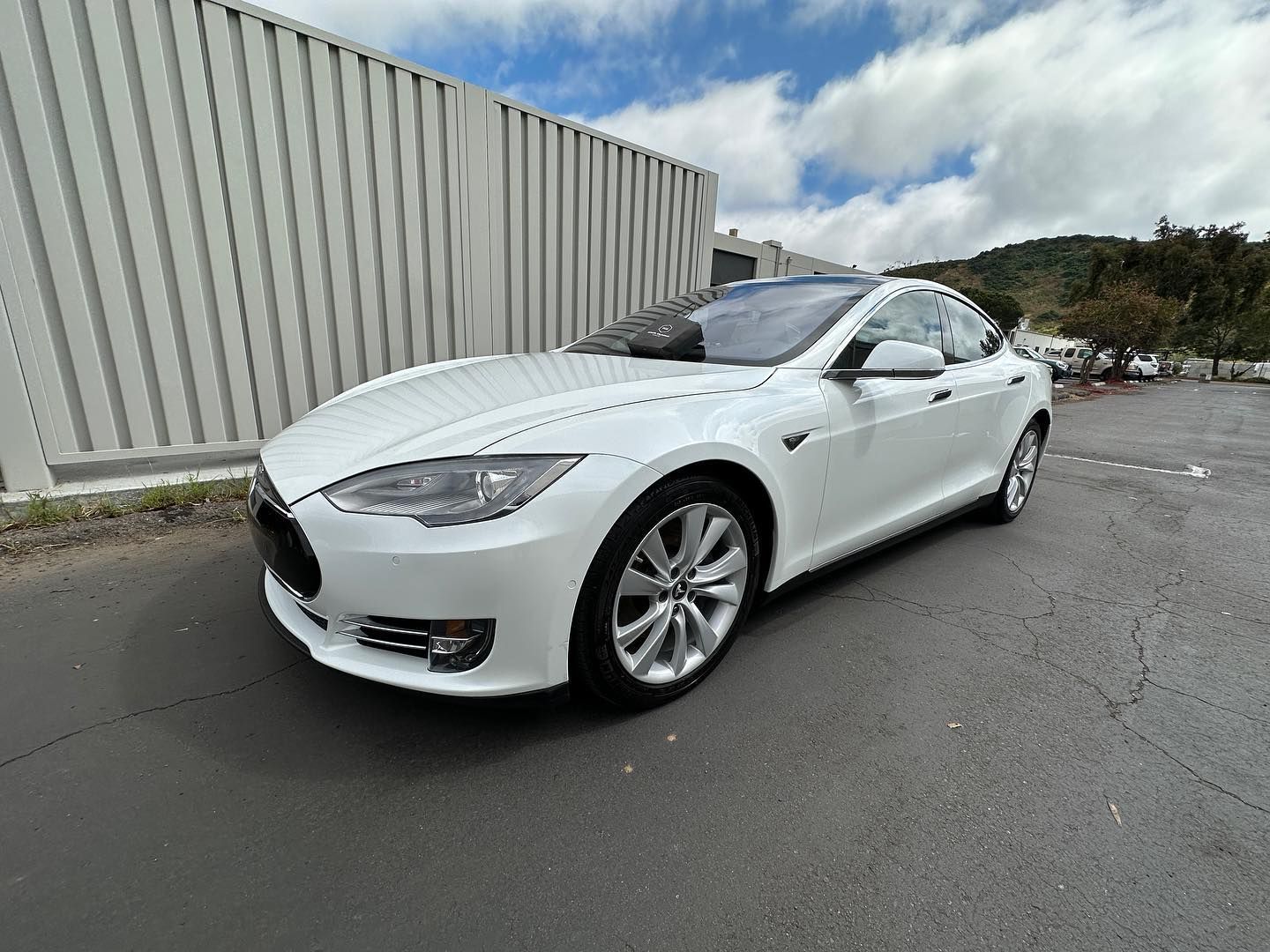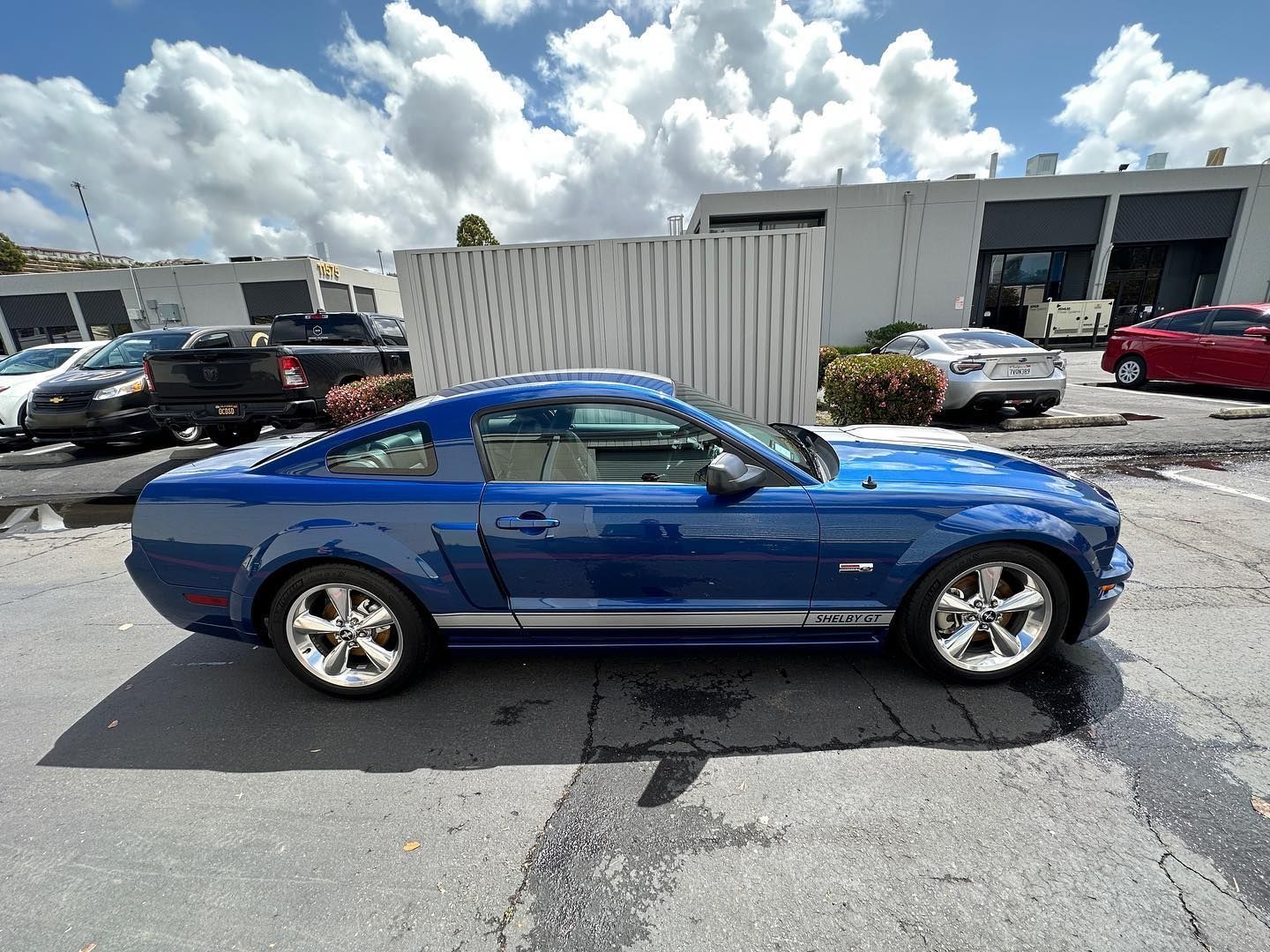Official California Detailing Blog
Protect Your Vehicle: PPF Maintenance Tips and Tricks
(619) 760-4962 GET A QUOTE NOWAre you looking to maintain the sleek look of your freshly applied Paint Protection Film (PPF)? Over time, factors like dirt, debris, and sunlight can diminish the shine and durability of your PPF. But worry not! We have curated a list of essential tips and tricks that can help safeguard your vehicle's PPF from such detrimental factors.
Dive in as we journey through the realm of effective PPF maintenance, ensuring the continuous sparkle of your prized possession on California roads. Let's enhance your auto detailing knowledge now!
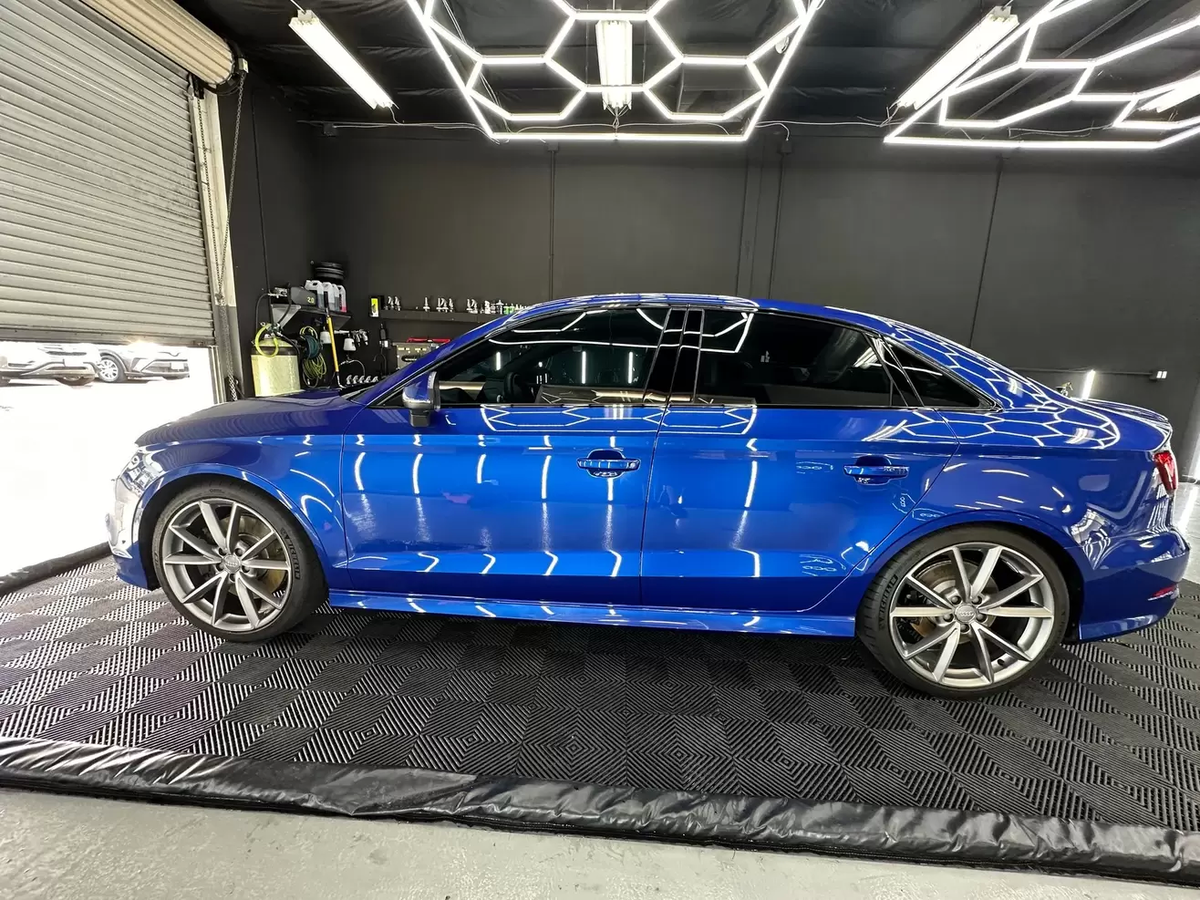
Preparing Your Vehicle for PPF Application
Before applying paint protection film (PPF) to your vehicle, it's crucial to properly prepare the surface. This preparation ensures optimal adhesion and longevity of the film. Here are some important steps to take when getting your vehicle ready for PPF application:
- Cleanse the Surface: Thoroughly wash your vehicle using a mild automotive soap and a non-abrasive sponge or cloth. Rinse off any dirt, grime, or debris that may be present. Avoid using harsh chemicals or abrasive cleaners that can damage the paintwork.
- Decontaminate the Paint: To ensure a clean surface, use a clay bar or detailing clay to remove any embedded contaminants like overspray, tree sap, or industrial fallout. This will help create a smooth surface for the PPF to adhere to.
- Address Paint Imperfections: If there are any minor scratches, swirl marks, or fading on the paintwork, consider performing paint correction before applying PPF. Paint correction involves removing these imperfections through polishing techniques, resulting in a smooth and flawless finish.
- Ensure Proper Drying: Allow ample time for your vehicle to dry completely before proceeding with the PPF application. A microfiber drying towel can help absorb moisture without causing any scratches or swirl marks.
- Avoid Wax or Sealants: Before installation, refrain from applying any wax, sealant, or ceramic coating to the areas where the PPF will be applied. These products can interfere with the adhesion of the film and may need to be removed.
Proper preparation is crucial, as it sets the foundation for a successful
PPF installation. By following these steps, you'll ensure that your vehicle's surface is clean, contaminant-free, and ready for long-lasting protection.
Factors Affecting PPF Lifespan
While Paint Protection Film provides excellent protection against minor scratches, chips, and minor abrasions, its lifespan can be influenced by various factors. Understanding these factors will help you make informed decisions regarding the care and maintenance of your PPF. Let's take a look at some key elements that can impact the longevity of your PPF:
1. Quality of Film: The quality and type of PPF used play a significant role in its durability. Opting for high-quality film from reputable manufacturers ensures better resistance to UV rays, discoloration, and yellowing over time.
2. Installation Technique: Proper installation by experienced professionals is essential for maximizing the lifespan of PPF. Poor installation or improper alignment may cause premature lifting or peeling, reducing its effectiveness.
3. Environmental Factors: Exposure to harsh environmental conditions such as extreme heat, direct sunlight, saltwater, or industrial pollutants can accelerate the wear and deterioration of the PPF. Regularly washing your vehicle and avoiding abrasive cleaners can help mitigate these effects.
4. Maintenance Routine: Following a regular maintenance routine can significantly extend the PPF's lifespan. Safely washing your vehicle, using mild car wash solutions, and avoiding automatic car washes with brushes or harsh chemicals are recommended practices.
5. Driving Habits: Aggressive driving, gravel roads, or regular encounters with debris on the road can potentially cause damage to the PPF. While it offers strong protection, avoiding unnecessary risks will help prolong its life.
By considering these factors and taking appropriate measures to care for your PPF, you can ensure that it continues to provide long-lasting protection for your vehicle's paintwork.

Essential PPF Maintenance Tips
To ensure that your paint protection film (PPF) continues to provide optimal protection for your vehicle's paintwork, it is essential to follow a few maintenance tips. These simple practices will help extend the lifespan of your PPF and keep it looking pristine:
1. Regularly Wash Your Vehicle: Regular washing is crucial to prevent dirt, grime, and pollutants from accumulating on the surface of the PPF. Use a pH-neutral car shampoo and a soft microfiber cloth or sponge to gently clean the film. Avoid using abrasive brushes or harsh chemicals, as they can damage the protective layer.
2. Dry the PPF Properly: After washing, make sure to dry the PPF thoroughly using a clean microfiber towel. This step helps prevent water spots and residue from settling on the film. Remember to avoid wiping too hard, as excessive friction could cause scratches.
3. Be Cautious When Fueling Up: When refueling your vehicle, be mindful of any potential spills around the area where the PPF is installed. Fuel can contain chemicals that may harm or discolor the film if left for an extended period. If any spills occur, promptly wipe them off with a soft cloth.
4. Avoid Parking under Trees: Tree sap, bird droppings, and falling leaves can be detrimental to both your vehicle's paintwork and the PPF. Whenever possible, park your car in a shaded area away from trees to minimize exposure to these harmful elements.
5. Use a Protective Spray or Sealant:
Applying a dedicated PPF sealant or spray can enhance gloss and provide additional protection against UV rays and environmental contaminants. Ensure that you choose products specifically formulated for use on PPFs and follow the manufacturer's instructions.
By adhering to these maintenance tips, you'll significantly
prolong the lifespan of your PPF and enjoy its full benefits.
Influence of Temperature and Environmental Conditions
Temperature and environmental conditions can significantly impact the performance and durability of your paint protection film. Understanding these influences will help you take appropriate measures to protect your vehicle's paintwork effectively.
1. Extreme Temperatures: Prolonged exposure to high temperatures can soften the PPF, making it susceptible to damage from impacts and scratches. Similarly, extremely low temperatures can cause the film to become brittle and prone to cracking. Whenever possible, park your vehicle in a shaded area or use car covers to shield it from excessive heat or cold.
For instance, if you live in a hot desert climate where temperatures regularly soar above 100 degrees Fahrenheit, taking extra precautions to protect your PPF is crucial. Using sunshades, parking in covered areas, or even applying a ceramic coating on top of the PPF can provide an added layer of defense against UV rays and heat.
2. Environmental Contaminants: Pollutants like acid rain, industrial fallout, road salt, and bird droppings can degrade the protective properties of the PPF while also causing stains or discoloration. Promptly remove any contaminants from the PPF using a gentle cleaning solution recommended for use on PPFs.
By being mindful of temperature fluctuations and environmental factors that may affect your PPF's integrity, you can proactively safeguard your painting investment.
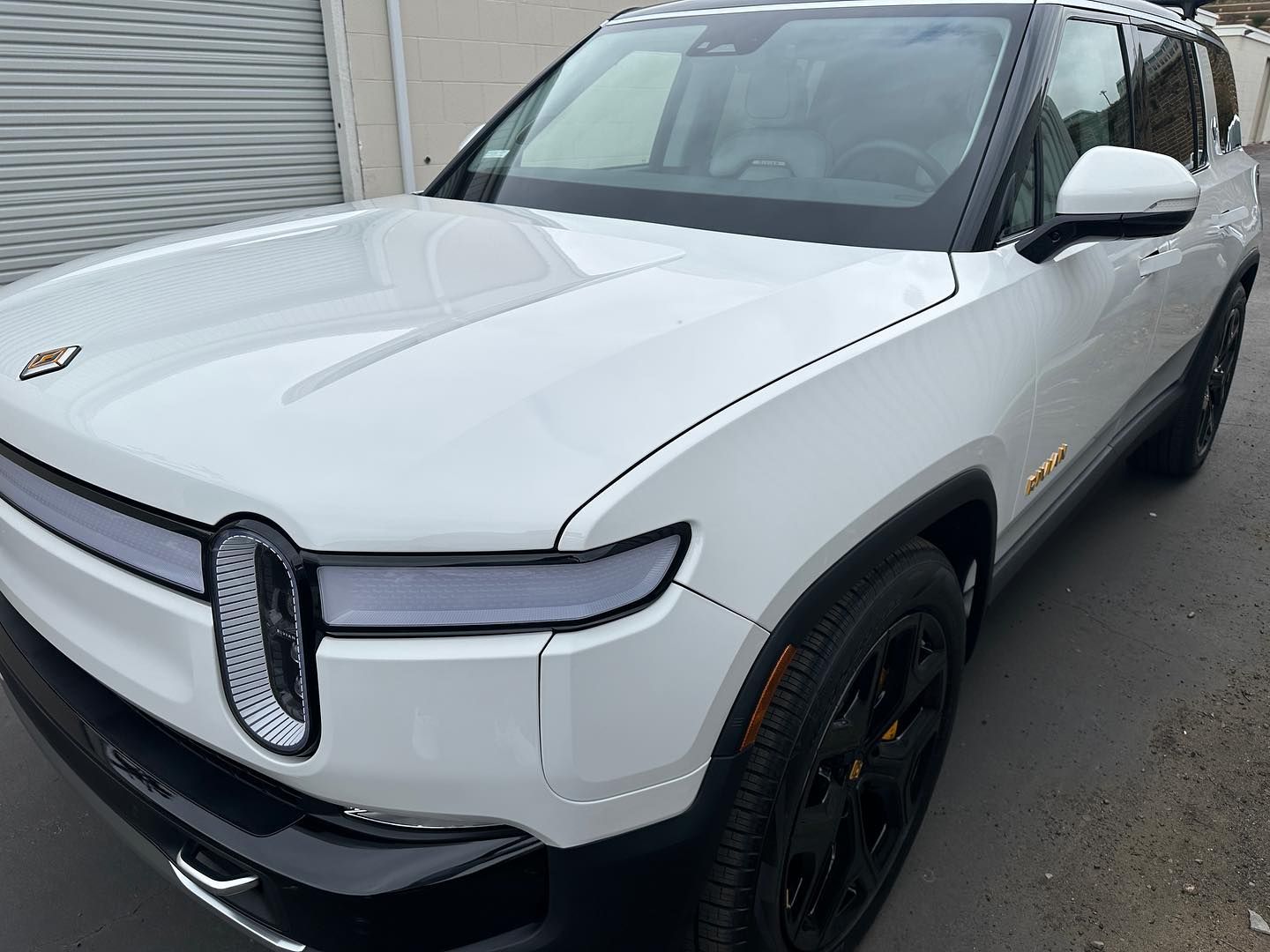
Ensuring your PPF Stays free from Damage
When it comes to protecting your vehicle's paintwork, paint protection film (PPF) is an excellent investment. However, to ensure that it continues to provide optimal protection, proper maintenance is necessary. Here are some tips and tricks to keep your PPF free from damage and in top condition:
- Regularly Wash Your Vehicle: Keeping your car clean is essential for maintaining the integrity of the PPF. Regular washing removes dirt, dust, and grime that can accumulate on the film's surface. Use a pH-neutral car shampoo and a soft microfiber cloth or sponge to avoid scratching the film.
- Avoid Abrasive Materials:
When cleaning your vehicle, steer clear of harsh brushes or aggressive scrubbing tools that could damage the PPF. Opt for gentle cleaning tools like a soft bristle brush or a high-quality microfiber cloth to avoid any unwanted scratching.
- Be Cautious with Chemicals: While PPF is resistant to many chemicals, it's important to exercise caution when using certain products on the film. Avoid acidic or solvent-based cleaners, as they can degrade the adhesive and cause discoloration. Stick to mild, non-abrasive cleaners recommended by the PPF manufacturer.
- Beware of Automatic Car Washes: Although some automatic car washes claim to be safe for vehicles with PPF, it's best to err on the side of caution and avoid them altogether. The brushes and harsh chemicals used in these washes can potentially damage or lift the film.
- Avoid Parking Lot Mishaps: Be mindful of parking near shopping carts, bike racks, or other potential sources of scratches or dings. While PPF provides an additional layer of protection, it's still important to park carefully and avoid unnecessary damages.
- Regular Inspections: Periodically examine your PPF for any signs of damage or lifting edges. If you notice any issues, address them promptly to prevent further complications. Small damages can often be repaired by professionals before they escalate into larger problems.
Preventing Overcoating Your PPF
While Paint Protection Film (PPF) offers exceptional protection for your vehicle's paintwork, it's crucial to understand the limitations it has when it comes to applying additional coatings. Overcoating refers to applying products like waxes, sealants, or ceramic coatings on top of the PPF. However, caution must be exercised to prevent potential issues that may arise from overcoating:
1. Adverse Effects on PPF Performance: Overcoating the PPF with certain products may compromise its self-healing capabilities or clarity. Some waxes or sealants could leave residue or create a hazy appearance on the film's surface, impacting both the aesthetics and functionality of the PPF.
2. Interference with Adhesive: Applying additional coatings on top of the PPF may interfere with the adhesive bond between the film and the vehicle's surface. This interference can lead to premature lifting or peeling of the film, jeopardizing its ability to protect against minor scratches and chips effectively.
3. Difficulty in Removal: Overcoated PPF may become more challenging to remove when it reaches its lifespan or requires replacement due to damage. The added layers of coating can make the removal process time-consuming, labor-intensive, and potentially result in damage to the underlying paintwork.
To avoid complications associated with overcoating, it's important to consult with the manufacturer or a professional detailing technician before applying any additional coatings on top of your PPF. They can provide guidance on compatible products and techniques that won't compromise the performance and longevity of your PPF.
Remember, the primary purpose of PPF is to provide an impermeable barrier between your vehicle's paint and external elements. Overcoating should only be considered if explicitly recommended by the PPF manufacturer or a qualified professional who specializes in automotive detailing.
Cost-effectiveness and Longevity of PPF
When it comes to protecting your vehicle's paintwork, Paint Protection Film (PPF) has proven to be a highly effective and cost-efficient solution. Investing in PPF can save you money in the long run by minimizing the need for costly paint repairs or full-panel resprays. This is especially true if you plan on keeping your vehicle for an extended period of time or if you frequently drive on roads with harsh conditions. The upfront cost of installing PPF may seem high compared to other forms of paint protection, but its durability and longevity make it a wise investment.
Let's consider an example to understand the cost-effectiveness and longevity of PPF. Suppose you purchase a new car and decide to protect it with PPF. The initial cost may be several hundred dollars, depending on the size of your vehicle. However, over time, this investment proves valuable as the PPF acts as a shield against various environmental hazards such as road debris, bird droppings, tree sap, and UV rays. Without the protective layer of PPF, these elements could cause significant damage to your vehicle's paintwork, leading to expensive repairs or diminished resale value.
Furthermore, PPF is known for its longevity. High-quality PPF can last anywhere from five to ten years or even longer with proper care and maintenance. This attribute sets it apart from other paint protection options such as wax or sealants, which require more frequent reapplication.
In terms of maintenance, caring for PPF is relatively simple. Regular washing with a mild automotive soap and water, along with periodic use of a designated PPF maintenance product, will help keep the film clean and free from contaminants. It's also crucial to avoid using harsh chemicals or abrasive materials that could damage the film.
Overall, when considering both cost-effectiveness and longevity, paint protection film proves to be a worthy investment for protecting your vehicle's paintwork. Its ability to withstand environmental hazards and its durability over time make it an excellent choice for those seeking long-term paint protection. While there may be an initial cost involved, the peace of mind and potential savings on repairs render PPF a smart choice for any vehicle owner looking to maintain their vehicle's appearance and value.
Final Words
Ensure the lasting brilliance of your vehicle's paintwork with
Official California Detailing's expertise in Paint Protection Film (PPF). Our commitment to excellence extends beyond application; we're here to guide you through the essential maintenance steps to safeguard your investment.
Remember, PPF is a shield against the elements, but its effectiveness depends on proper care. Our curated maintenance tips, ranging from regular washing practices to awareness of environmental influences, empower you to maintain the pristine condition of your PPF.
At Official California Detailing, our commitment to excellence extends to every aspect of your vehicle's care, especially when it comes to PPF. As you embark on this journey of unparalleled protection, trust us to be your partner in preserving the luster and allure of your prized possession. Because at Official California Detailing, we don't just detail cars; we elevate automotive experiences.
Official California Detailing is your trusted partner in preserving the beauty and value of your vehicle. Drive on with confidence, knowing your vehicle is shielded by the expertise of Official California Detailing.
Schedule an appointment with us today and let your prized possession sparkle on California roads for years to come!
